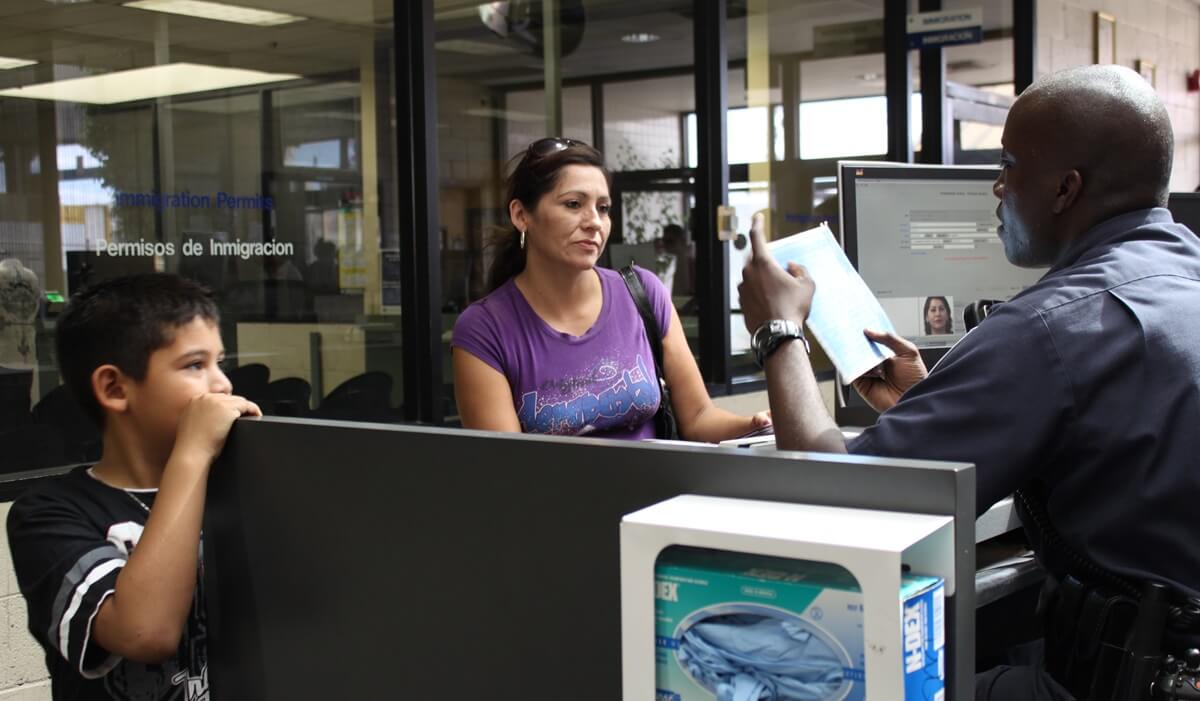

A permanent resident can generally travel abroad and reenter the United States by simply using a permanent resident card (green card) at a U.S. port of entry. The Customs and Border Protection (CBP) officer will want proof of your immigration status and make a determination if you’ve done anything to lose that status. But there are situations that a reentry permit for permanent residents is necessary instead of the green card.
Table of ContentsAs a general rule, it's ideal for permanent residents to limit their travel abroad to less than six months. This helps preserve their continuous residence requirement for naturalization, and it reduces exposure to concerns of abandonment. But there are circumstances when permanent residents need to be outside the United States for longer periods of time.
After traveling abroad, the CBP officer at your U.S. port of entry will need to determine if your travel was “temporary” in nature. To qualify as a temporary trip, you must have had the intention to return to the United States at the time of departure and throughout the entire trip. Employment, family, filing of taxes, involvement in the community all demonstrate ties to the U.S. To determine your intentions, some of the questions that a CBP officer may ask cover topics such as:
A reentry permit can help avoid two types of problems experienced by permanent residents:
The main purpose of a reentry permit is that it establishes that you did not intend to abandon your U.S. permanent resident status, and it allows you to apply for admission to the United States after traveling abroad for up to two years without having to obtain a returning resident visa. A U.S. permanent resident must maintain residence in the United States. As previously mentioned, a permanent resident card becomes technically invalid for reentry into the United States if the permanent resident is absent from the U.S. for one year or more. Extensive travel to another country, even for trips of less than one year, can create suspicion that the permanent resident has established residence in another country. This generally becomes an issue at reentry to the United States through an interview by the CBP officer.
A reentry permit can also serve as a travel document. In some cases, permanent residents are not able to get a passport from their home country. This is generally the case if the permanent resident is “stateless” or has fled a country in fear of persecution (asylees and refugees). Since a permanent resident also cannot obtain a U.S. passport, another travel document is required. In these situations, a permanent resident may request a permit to use as a travel document.
On rare occasion, a permanent resident may obtain a reentry permit to visit a certain country because that country will not honor a passport of the resident’s country of nationality.